
In a recent article, I explained how I get value from my Qantas Frequent Flyer points by using them mainly on domestic flights, upgrades and point-to-point flights to Asia.
In that article, I alluded to the strategy that I use to fly to Europe in comfort, while saving thousands of dollars compared to the cost of buying Business Class airfares out of Australia. I thought it might be worth expanding on how I book my flights to Europe in a separate article, as I think this is something a lot of AFF members might find both interesting and useful.
My approach to booking flights from Australia to Europe is probably quite different to the norm, and it might not work for you. But it could give you some ideas, particularly if the journey is just as important to you as the destination.
Contents
My strategy for flying to Europe
The first thing to understand about my approach to booking flights to Europe is that I don’t just fly with the same airline and routing every time. I know that many people have their preferred airline, be that Qantas, Emirates, Etihad, Qatar, Singapore Airlines, ANA or something else.
I’ve flown with all of these airlines and more, including the classic QF1 to London in Economy. I’ve also booked Lufthansa a few times between Singapore and Frankfurt, and once from Tokyo to Frankfurt, in order to fly on the Boeing 747-8. But I don’t just default to always booking the same airline every time.

I prefer to stop over
I generally fly from Australia to Europe around 2-3 times per year. On some of my earlier trips, I flew all the way through in Economy without stopping. But 24 hours in Economy is a long time. It’s not fun, and I now try to avoid this.

Instead, I usually try to break up the trip with at least one or two stops – generally in Asia, but not always. Adding stopovers does mean that it takes me longer to get to Europe, but I feel sooo much better when I arrive. This just makes the trip much more bearable, and helps reduce the jetlag.
Frankly, stopping over along the way also makes the trip a lot more interesting! As well as getting a proper sleep at a half-way point, I’ll often make the most of the stopover to do some sightseeing and enjoy some of the local food.

Australia and Europe may be separated by the tyranny of distance. But since they are so far apart, it also means that you can fly in any direction from Australia, and you’ll eventually end up in Europe!
You can fly from Australia to Europe via South Africa, the United States, Canada or even Chile, and the total flying time is only a few hours longer than going via Asia or the Middle East. This opens up a lot of itinerary options if you’re prepared to get creative. In fact, I sometimes prefer to fly west from Europe to Australia – and have done this several times – as I find this easier in terms of jetlag.
I book a mixture of Economy and Business Class
There’s no doubt that flying Business Class is much more comfortable. But I don’t just default to booking Business Class on every flight. My budget doesn’t quite stretch that far, and I don’t have an unlimited amount of frequent flyer points.
I don’t mind flying Economy on daytime flights such as Sydney-Singapore or Melbourne-Bali. I don’t really need a lie-flat bed if I’m not planning to sleep on the flight. But I do value a flat bed very highly on overnight flights.
One way that I try to strike a balance between comfort and budget is to book daytime flights where possible. For example, I might book a day flight from Melbourne to Singapore, stop over, then continue to London the next morning in Economy on one of Singapore Airlines’ daytime flights.

Avoiding red-eye (overnight) flights is harder when travelling east from Europe to Australia, but it’s possible if you stop over twice. For example, you could take a series of daytime flights over several days. On the first day, you’d fly from Europe to the Middle East, then onwards to Asia on the second day, and finally from Asia to Australia on the third day. You’d just need to factor in the cost of airport hotels. (Although many flights from Asia are overnight, our list of daytime flights from Asia to Australia has some good options!)
That said, if I can get a good deal on Business Class, either using points or paying for a ticket, I’ll happily book Business. I do also consider Premium Economy, including premium cabins on low-cost carriers such as Scoot and Jetstar, which are often priced at similar levels to Economy on other airlines.

Mixing points and cash tickets
Often, I’ll end up using points to get between Australia and Asia, then booking a paid Business Class ticket from Asia to Europe. These are often very good value when purchased from Asia, rather than from Australia! It’s also much easier to find Classic Reward availability using Qantas Points when you adopt this approach.
As I fly the Australia-Europe route frequently, I do also sometimes buy return tickets that originate and end in Europe. This can work out to be better value. Of course, this strategy of “nesting” tickets only works if you’re returning to Europe within a year.
Some real-life examples of trips I’ve booked to Europe
So, what does this all look like in action? Here are a few specific examples of trips I’ve booked between Australia and Europe over the past couple of years, and how much they cost…
Case study #1
My most recent return trip from Australia to Europe was a patchwork of seven different tickets – most of which were one-way tickets. This was the full routing:

The outbound flights from Australia to Europe
On this trip, I flew from Melbourne to Sarajevo with a stopover in Singapore.
I was able to find a very good price on Jetstar Business Class, so booked that for the first leg from Melbourne to Singapore. After stopping in Singapore for two nights, I continued to Istanbul via Abu Dhabi with Etihad in Economy. This was a fairly cheap one-way ticket.
The Singapore-Abu Dhabi flight was an evening service arriving around midnight. Rather than continuing straight on to Istanbul on the 2am departure from Abu Dhabi, I intentionally booked this ticket with an overnight layover so I could get some sleep at Abu Dhabi’s airport transit hotel, before continuing to Istanbul at 9.30am the next morning. From Istanbul I had a separate flight with Turkish Airlines to Sarajevo, the capital of Bosnia and Herzegovina, which arrived that evening.

While this may seem like a roundabout routing, I didn’t have to take any overnight flights. Thanks to my Qantas Platinum, Velocity Platinum and Star Alliance Gold status, I also got to enjoy visits along the way to the excellent Qantas First Lounge in Melbourne, Etihad First Class Lounge in Abu Dhabi and the Turkish Airlines Lounge in Istanbul. After all, I consider the journey to be part of the destination! 😉

I appreciate that most people don’t have status with multiple airlines. But if you do happen to have status with a particular airline or alliance, you can try to use airlines that maximise the benefits you get with that status.
Get Star Alliance Gold status without flying…
- Card Name
- HSBC Star Alliance Credit Card
- Earn
- 1
- Signup Bonus
-
Fast Track to Star Alliance Gold Status
- Annual Fee
- $0 in the first year, $499 p.a. thereafter
- Read more
- View Offer
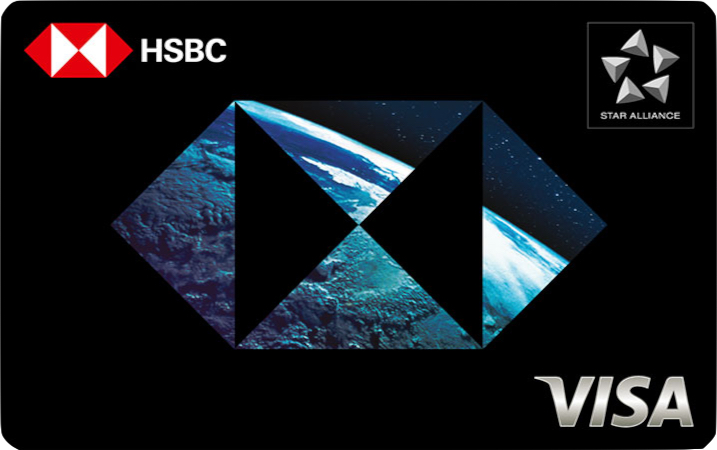
on everyday purchases
The inbound flights from Europe to Australia
On the way back, I flew from Tallinn to Melbourne with stops in Bangkok, Luang Prabang, Vientiane and Kuala Lumpur. I didn’t actually have to go to Laos – that was an extra side-trip that I added on. But I hadn’t been to Laos before and wanted a short holiday there on the way back from Europe.
The flights from Tallinn to Bangkok were via Istanbul in Turkish Airlines Business Class. I booked this as a return ticket, and will take the return leg from Asia back to Europe when I return to Europe next January.

The rest of the flights from Bangkok to Melbourne were daytime flights in Economy. I stopped for two nights in Bangkok before flying to Luang Prabang in Laos. I then spent three nights there, before taking a bus from Luang Prabang to Vientiane (as the trains were all full), where I stayed another two nights. Finally, I flew to Kuala Lumpur, and stayed overnight there before flying to Melbourne the next morning on a daytime flight.

The return trip took around nine days in total, but I really didn’t mind. It was a fun trip and I had almost no jetlag by the time I got home.
Overview of how I booked these flights
Here’s a full breakdown of how I booked this trip:
| Route | Airline & Cabin | Cost (AUD) | Notes |
|---|---|---|---|
| Melbourne-Singapore | Jetstar Business | $830 | Price included Max Bundle |
| Singapore-Abu Dhabi-Istanbul | Etihad Economy | $559 | |
| Istanbul-Sarajevo | Turkish Airlines Economy | $239 | |
| Tallinn-Istanbul-Bangkok | Turkish Airlines Business | $1,607 | This was the outbound leg of a return ticket from Europe to Asia; the cost shown is half of the round-trip amount. |
| Bangkok-Luang Prabang | Thai AirAsia Economy | $169 | |
| Vientiane-Kuala Lumpur | AirAsia Economy | $191 | |
| Kuala Lumpur-Melbourne | Malaysia Airlines Economy | $560 | |
| TOTAL: | $4,155 |
Case study #2
On one of my trips to Europe last year, I used points to get to and from Asia. I then paid for a relatively affordable Business Class ticket from Asia to Europe with my favourite airline, Air Astana (a full-service airline based in Kazakhstan).
This was the full routing:

On this particular trip, I was starting in Adelaide. For the first leg, I used Velocity Points to fly Singapore Airlines Business Class from Adelaide to Singapore.

I then redeemed Qantas Points to fly Malaysia Airlines Business Class from Singapore to Bangkok, with an overnight stop in Kuala Lumpur along the way. (I timed this so that I could join last year’s AFF Singapore lounge crawl and check out the best Oneworld lounges at Changi Airport, which was lots of fun.)
The full routing of my paid Air Astana Business Class ticket was Bangkok-Almaty-London on the outbound journey, and Frankfurt-Astana-Almaty-Phuket on the way back. This entire ticket cost less than AUD3,000, which I considered a very good deal given the high quality of Air Astana Business Class.

For no extra cost, I was also able to add a week-long stopover in Kazakhstan on the way to Europe, which I really enjoyed. (Air Astana does also sell stopover packages which include a hotel, breakfast and airport transfers at a very low price.)

After spending a day in Phuket on the way back, I flew Singapore Airlines to Singapore and then finally used Qantas Points to get from Singapore back to Australia in British Airways Business Class.
Great Credit Cards for Earning Qantas Points
- Card Name
- Qantas Premier Platinum
- Earn
- 1
- Signup Bonus
-
Up to 90,000 bonus Qantas Points*
- Annual Fee
- $349 for the first year and $399 p.a. ongoing
- Read more
- View Offer
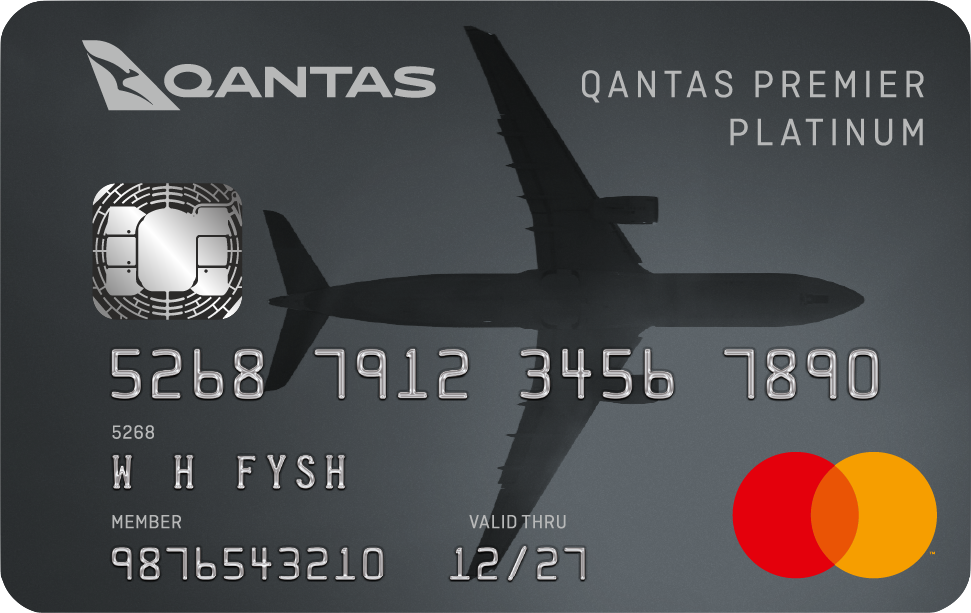
on everyday purchases
- Card Name
- Qantas American Express Ultimate
- Earn
- 1.25
- Signup Bonus
-
50,000 bonus Qantas Points¹
Apply by 1st Jul 2025
- Annual Fee
- $450 p.a.
- Read more
- View Offer
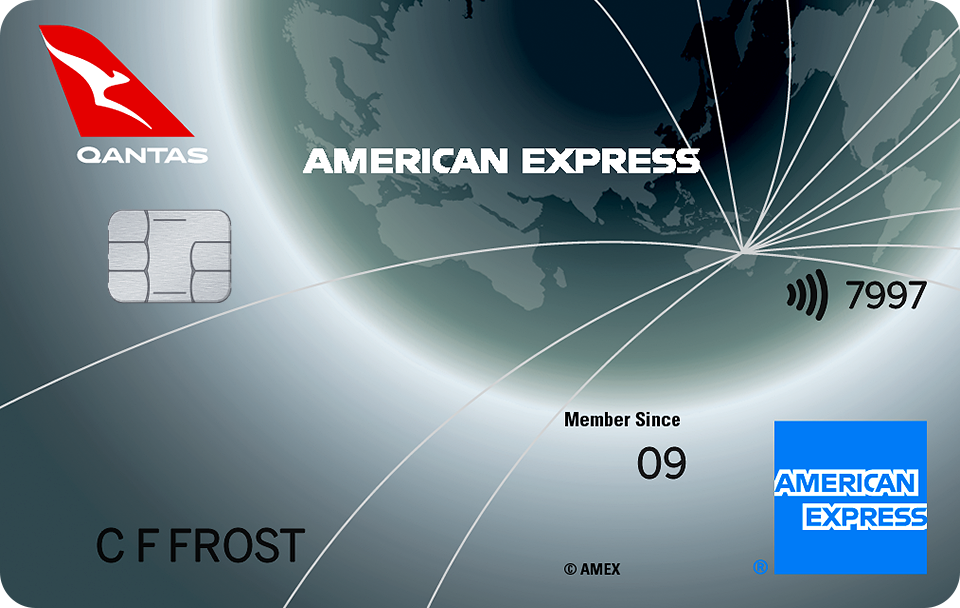
on everyday purchases
Overview of how I booked these flights
Here’s a breakdown of the cost of this trip, which was entirely in Business Class except for one short intra-Asia flight:
| Route | Airline & Cabin | Cost (AUD) |
|---|---|---|
| Adelaide-Singapore | Singapore Airlines Business | 57,000 Velocity Points + $229 |
| Singapore-Kuala Lumpur-Bangkok | Malaysia Airlines Business | 30,000 Qantas Points + $113 |
| Bangkok-Almaty-London & Frankfurt-Astana-Almaty-Phuket | Air Astana Business | $2,933 |
| Phuket-Singapore | Singapore Airlines Economy | $208 |
| Singapore-Sydney | British Airways Business | 75,000 Qantas Points + $520 |
| TOTAL COST: | $4,003 + 162,000 points |
Case study #3
On one of my trips a couple of years ago, I booked a Lufthansa Group round-the-world ticket in Business Class through my travel agent. At the time, this cost just under $7,000 in total and included all of the following flights:

Unfortunately, Lufthansa has since increased its round-the-world airfares and reduced the number of included stopovers available. But this general concept still works – and if Lufthansa doesn’t work for you, you can also book a round-the-world ticket with Finnair or Turkish Airlines.
With this ticket, I flew from Canberra to Ljubljana with a stopover in Zurich. The domestic leg from Canberra to Sydney was on Qantas. I then flew Singapore Airlines A380 Business Class to Singapore and SWISS Business Class the rest of the way.

The return trip was from Lisbon to Canberra, flying Austrian Airlines, United and Qantas. I had a stopover in Washington DC and a few other transits along the way.
Hopefully this gives you a few ideas of how you can get to Europe in style – with some interesting stops along the way – for less than the cost of a regular Business Class ticket from Australia!

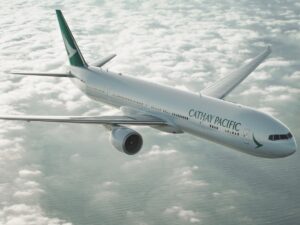


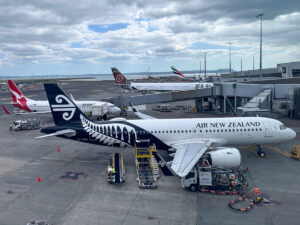


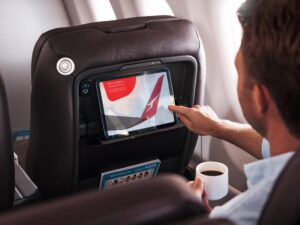
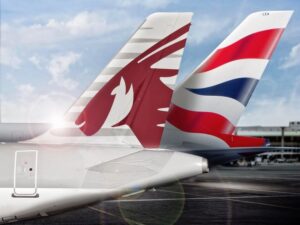

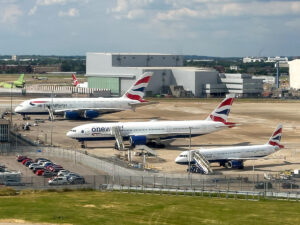



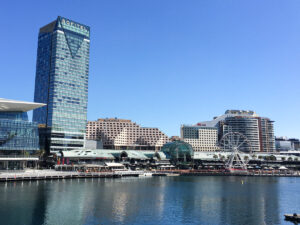













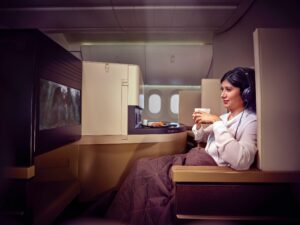

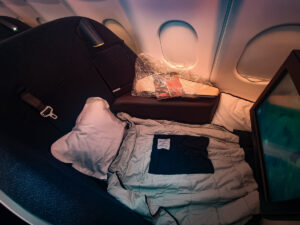
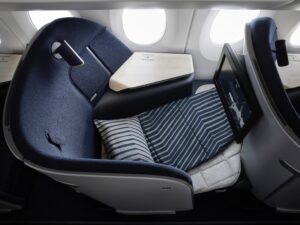

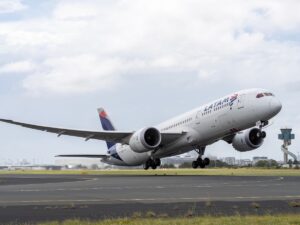
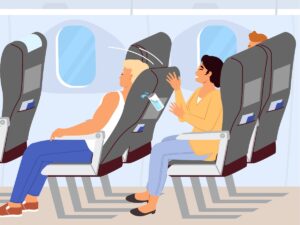


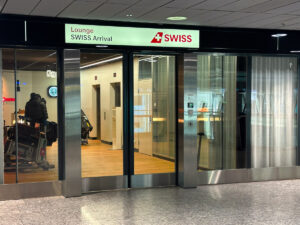
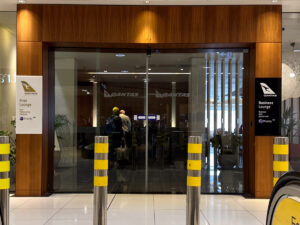

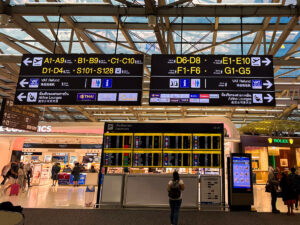
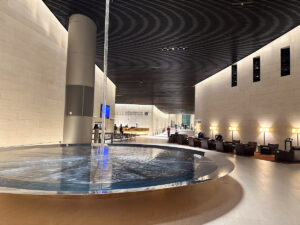
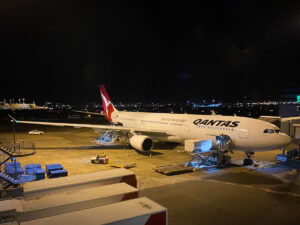



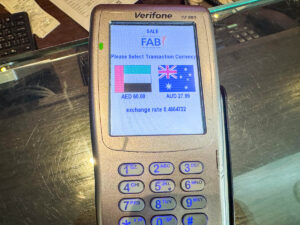











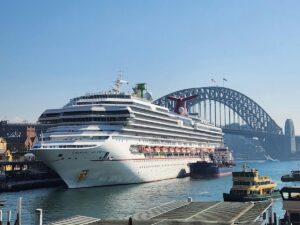





















Community Comments
Loading new replies...
Join the full discussion at the Australian Frequent Flyer →